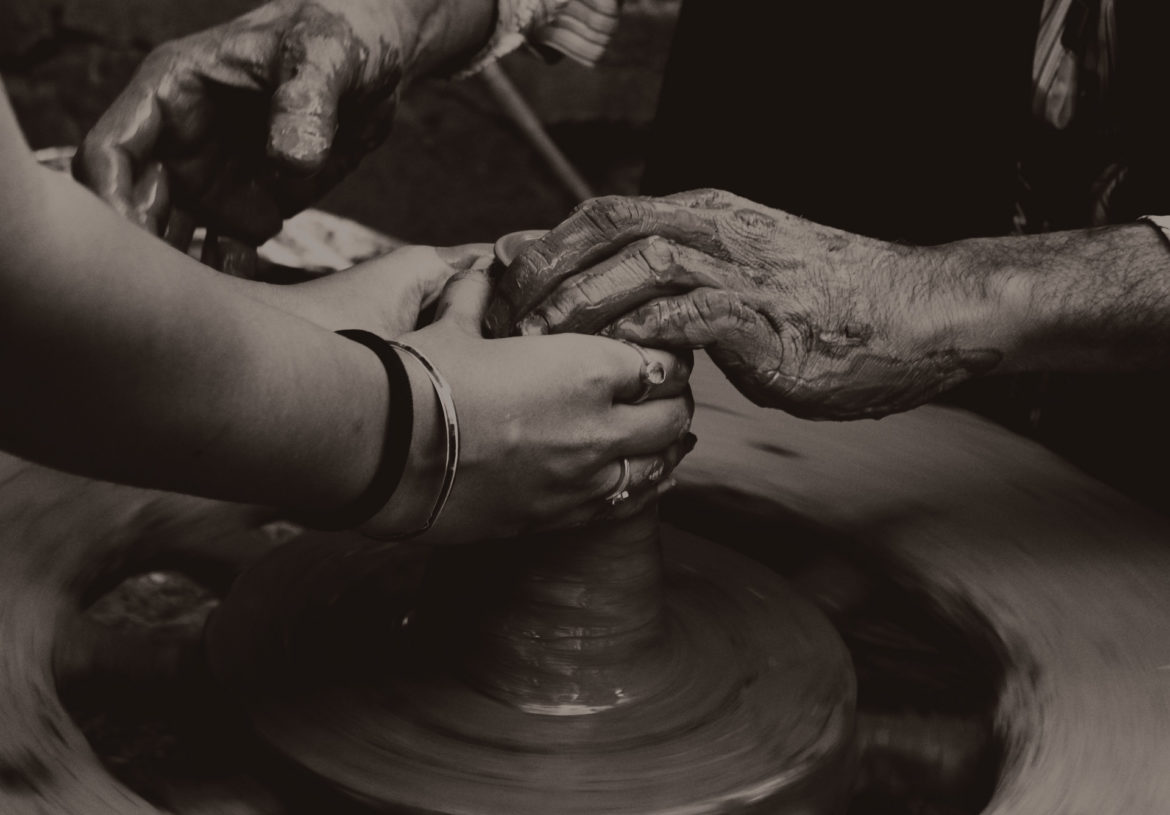(Image Source: Link )
It is estimated that less than a hundredth of the world’s built space is designed by architects. As members of the community, this limited contribution has been the cause of some discontent to us. So, in 2013, when HSMI, the R&D cell of the Housing and Urban Development Corporation (HUDCO) accepted our proposal for a project aimed at exploring the affordable housing space, we were excited at what we saw as a precious opportunity to push the boundaries of our profession, to design for ‘the other 90 percent’ and to truly innovate.
Since the early 1960s, there have been a number of experiments in housing, across the world. But over the years, the challenges for architects have changed. Today, an architect who is entrusted with designing housing faces challenges quite similar to those faced by an industrial designer who develop products that will be mass-produced and used by a large number of anonymous users. Since industrial design has had a long history of dealing with these challenges, we proposed to look at housing as an exercise in product innovation. This presented more challenges than we had expected. Although, the solutions we developed could not be realized, the project took us on a fascinating journey that led to the work we do today.
Design is inspired by stories of real people, stories that are rich in detail and imagination.
We strongly believe that the success of a product or a service lies in its inherent desirability or appeal to intended (as well as unintended) users. Designing desirable products requires deep insights into people, their needs, motivations and most importantly their aspirations. But understanding people is easier said than done. We first realized how challenging this was during the affordable housing project. We were trying to engage a group of people who lived in tight spaces in slums or informal settlements and would justifiably view our presence as an intrusion. They worked long hours to earn their living. So, naturally time spent with us was considered unproductive. Most of them were so pre-occupied with their daily challenges that it seemed a little unfair to directly confront them with questions about their aspirations. Not surprisingly, our initial efforts at drawing insights from interviews and observational data met with little success. Design is inspired by stories of real people, stories that are rich in detail and imagination. What our efforts were producing was patchy, run of the mill responses. This challenge forced us to relook at our view of people’s role in the process of innovation.
As designers we almost always begin projects with challenges we do not fully understand. We draw, discuss, construct and reflect to simultaneously understand as well as act on challenges. It is somewhat similar to a band of musicians who begin jamming together, without a clear idea of where it may get them. They may sound raw and awful initially but eventually end up producing new sound and expression. Why would this be any different for users? Needs and aspirations may not be pre-conceived. As with jamming, they can be discovered and expressed over the course of a session, if people are provided the right instruments and the freedom to do what we found came naturally to them – play. Like jamming, play is generative. It does not require people to know what they wish to express. Rather, it enables them to discover as they express and vice versa. We find that even the most reclusive of people soon suspend their disbelief, accept unlikely hypothetical scenarios and can express themselves with relative ease through play. Our explorations during the housing project changed our view of people from research respondents to ‘co-creators’ of design opportunities, who can make significant contributions from earliest stages of the innovation process – an idea that eventually inspired us to found two by three, a company that seeks to explore the potential of using play as (co)design tool.
We see play as a critical component of designerly thinking. This belief has seen us through some particularly challenging projects. For instance, last year we worked on the development of an extremely non-interactive, fit-it, forget-it home utility product. We found that there was little that people had to say about the product and not much to observe. But this changed when we engaged them in a co-creation task. We found that people could not only recall past stories but also imagine plausible stories that revealed what they previously did not ‘know’ they valued, though play. This generated rich stories and inspired the design of a radically different, innovative product. Such projects reinforce our conviction in the power of play and drive us to push its limits. We have been contemplating the use of playful co-creation in engaging innovation teams within organizations. Play diminishes hierarchies and is a great way of approaching vague problems, exploring possibilities and building consensus within teams. It can help teams frame and often radically reframe challenges. In recent months, we extended our explorations to serious and applied games. In spite of the term, we believe that fun is an indispensible part of any type of game. Its unpredictability is what makes designing and testing games one of the most satisfying experiences.
We began our journey seeking to push the boundaries of architectural practice. In some ways we still think we do. We push the boundaries of a different kind of architecture – the architecture of play. Over the past few years, we have had the opportunity to work on a wide range of projects from educational products to home utility devices. Each new project, organization and group of users has contributed to our thinking, because to us, all play is work in progress.
